Easy Bath Bomb Recipe With Natural Ingredients for Beautiful Glowing S

This easy bath bomb recipe is crafted with a combination of skin conditioning butters and essential oils. Naturally colored with spinach powder and French green clay, this natural bath bomb recipe not only fights the visible signs of aging, it can also help prevent or clear up back acne. While the other skin care ingredients prevent your skin from being stripped of beneficial oils – a known cause of overproduction of sebum that can lead to oily skin and acne.
Easy Bath Bombs Your Skin Will Love
If you’ve never made bath bombs before, you may have found that first time a little challenging. There are a number of factors that go into making bath bombs, and unfortunately, they can easily be affected by humidity. While you can’t control the weather, there are tips and tricks for making that perfect no fail bath bomb. These tips, in combination with an easy bath bomb recipe, can help guarantee success from the start.
Many store bought bath bombs are filled with cheap, synthetic ingredients. Not only can these ingredients irritate sensitive skin, they really don’t offer any skin care benefits. Therefore, I created an easy bath bomb recipe that contains natural ingredients that skin loves.
If you’re familiar with my previous bath bomb recipes, then you know how much I love using natural butters like cocoa, shea and mango butters in my bath bomb recipes. Including a body butter in your bath bomb formulation makes the finished product more moisturizing. Additionally, you’ll also find that adding butters to your homemade bath bombs helps your bath bombs harden faster. And it can even help them resist the unwanted effects of high humidity. Therefore, I chose to include mango butter in this homemade bath bomb recipe.
Additionally, rather than use mica powder or lake dyes to color this easy bath bomb recipe, I chose to work with natural, plant-based colorants instead. For this particular bath bomb recipe, I used both French green clay and nutrient rich natural spinach powder. When combined, these two natural ingredients give this easy bath bomb recipe a forest green tint. This is, of course, in addition to the natural skin care benefits these ingredients offer.
Skin Care Benefits of Natural Bath Bomb Ingredients
So, just what are the benefits of using these natural ingredients in your homemade bath bombs? And why are ingredients like mango butter, spinach powder and French green clay good for our skin?
Spinach plays an important role in skin care, whether you’re consuming it and incorporating it into your natural skin care routine. Spinach is naturally rich in iron, folate, chlorophyll, Vitamin E, magnesium, Vitamin A, fiber, plant protein, and Vitamin C. As Vitamins C, E, and A have antioxidant abilities, they are are especially beneficial for your skin. These antioxidants destroy free radicals that cause premature aging. Antioxidants can also help fight the visible signs of aging and even out your complexion. Thereby making your skin look and feel more radiant.
Spinach powder is also amazing at reducing acne to promote clear skin. Whether you use spinach powder as a mask, or in my easy bath bomb recipe, you’ll find that it removes both dirt & oil and reduces inflammation for rejuvenated skin. This makes spinach powder especially useful at treating back acne which tends to be more prevalent in the summer, regardless of your skin type, when incorporated into a bath bomb. However, you can also use spinach powder as an added ingredient in both melt and pour soap and cold process soap recipes.
As with other clays, French green clay offers a variety of skin care benefits when incorporated into natural skin care products, such as my easy bath bomb recipe. Green, due to its high content of iron oxide and decomposed plant matter, French green clay (also known as Illite clay) is also rich in dolomite, manganese, silica, copper, phosphorous, magnesium, zinc and calcium. Not only does this clay detox skin to remove impurities, it also cleanses and gently exfoliates skin.
French green clay, like spinach powder, is also suitable for oily, clogged and acne prone skin. As it’s a highly absorbent clay, it is able to hold almost equal its weight in liquid. However, there’s no need to be concerned if you don’t have oily or acne prone skin. French green clay is gentle enough that it’s suited for all skin types. Therefore it makes a wonderful addition to facial masks, soaps and deodorants to gently detox and clarify skin.
Like spinach powder, mango butter is also vitamins like A and E, essential fatty acids and natural antioxidants. A highly moisturizing plant-based butter, mango butter is light and non-greasy. And, because mango butter is non-comedogenic, it won’t clog pores or aggravate acne prone skin. This makes mango butter suitable for pretty much every skin type – even if you have acne prone skin.
Tips & Tricks for Making My Easy Bath Bomb Recipe
Now that you’re familiar with the ingredients I added to my natural bath bomb recipe for their inherent skin care properties, here are a few tips and tricks to help you create the perfect bath bombs.
When formulating your own bath bomb recipes, it’s important to add dry ingredients in addition to the baking soda and citric acid that give bath bombs their fizz. This not only helps to bind your bath bombs together, it can also prevent a premature fizz. Dry ingredients that are commonly used for this purpose include arrowroot powder, cream of tartar, cornstarch and clay. Just be sure that the additional dry ingredients don’t equal more than one half the weight of the citric acid called for in your bath bomb recipe.
Before mixing the dry ingredients for your bath bomb formulations, you should sift them first through a sieve. This will help avoid lumps and bumps in your bath bombs.
Naturally scenting your bath bombs with citrus essential oils can hinder your bath bombs’ ability to fully dry. You can counteract this, however, by adding hard butters to your bath bomb recipe.
Use water soluble colorants to color your bath bombs such as lake dyes or dyes specifically formulated for use in bath bombs. Otherwise, if you use micas to color your bath bombs, you’ll also need to use Polysorbate 80 to prevent your colorants from staining the tub or skin. It will also prevent a ring around the tub or floating mica. The recommended usage rate for Polysorbate 80 is 1-2% of the total batch weight and should be added to the liquids prior to mixing the dry and wet ingredients together.
It’s also important to keep in mind that not all green colorants, including green chromium oxide, aren’t approved by the FDA for use in bath bombs. So be sure to do your research on colorants before deciding which ones to use. Additionally, if you are selling your homemade bath bombs, it’s important that you use batch certified colorants.
When using a two part bath bomb mold it’s important not to pack each side before pressing the two sides of the mold together. Otherwise, the two sides won’t stick together. Instead, you should pile each side of the mold loosely with your bath bomb mixture. Lightly compact each side, then pile more of the bath bomb mixture into each side of the mold. Finally, firmly press both sides of your bath bomb mold together. (It’s important not to twist the two sides of mold together when using a round bath bomb mold.) Then gently tap around the edges of the mold with a spoon to release your bath bomb.
For one piece bath bomb molds, use the same process. However, instead of pressing the mold against another half, firmly pack the remaining bath bomb mixture into the mold with your hands. Tap the mold with a spoon to help release the bath bomb if necessary. I like to set these molds onto a cutting board, then tap until the bath bomb slides out when the mold is lifted off.
Your bath bomb mixture, once mixed should be the consistency of wet sand. When picking up a clump of the mixture with your hands, it should hold together when squeezed then dropped back into the container. This is important. If your bath bombs are too dry they may crumble and not hold together. On the other hand, if they are too wet, you may get a premature fizz in addition to having difficulty releasing the bath bombs from the mold.
If you’re new to making bath bombs, then I highly recommend Amanda Gail Aaron’s book, Fun in the Tub: Creating Bath Bombs, Solid Bubble Bath, Bubble Frosting and Bubble Scoops. Amanda, the author behind the blog Lovin’ Soap, shares an array of helpful tips and tricks for making bath bombs in this DIY bath bomb book. In addition, she not only provides a combination of easy to advanced bath bomb recipes, she also focuses on formulation and teaches you how to modify recipes to work in your environment.
Making My Easy Bath Bomb Recipe
Are you ready to try my easy bath bomb recipe with mango butter and essential oils? Let’s get started!
As I formulated my easy bath bomb recipe with only natural ingredients, I chose to scent my bath bombs with a combination of essential oils. This essential oil blend is an uplifting combination of lemongrass (or lemon), palmarosa and bergamot essentials oils. However, you have the option of substituting my essential oil blend with one of your choice. Alternately, if you don’t mind using synthetic fragrances, you can also use a skin safe fragrance oil at the recommended percentage rate. (This is determined by the manufacturer and can vary by scent.)
I used the leaf mold and the small round mold from this bath bomb mold collection for my easy bath bomb recipe. (I cannot tell you how much I LOVE these molds!) However, you’re welcome to use any molds of your choosing.
Easy Bath Bomb Recipe with Mango Butter
© Rebecca D. Dillon
You will need these ingredients to make mango butter bath bombs:
- 8 oz. baking soda
- 4.5 oz citric acid
- .5 oz. spinach powder
- .25 oz. arrowroot powder
- .25 oz. French green clay
- 2 oz. mango butter
- liquid carrier oil of choice, as needed
- 2 mL lemongrass (or lemon) essential oil
- 1 mL palmarosa essential oil
- 1 mL bergamot essential oil
How to Make Natural Mango Butter Bath Bombs
Here is how to make mango butter bath bombs using natural ingredients:
- Begin by weighing out mango butter. (You will need a digital scale for this step.) Place the mango butter into a heat safe container. Heat at 30% power in the microwave, or using the double boiler method, until melted. Remove from heat.
- Next, measure out the essential oils using a fresh graduated plastic transfer pipette for each essential oil. Then add to the melted mango butter. Mix to combine. Then set aside.
- Next, weigh out the baking soda, citric acid, arrowroot powder, spinach powder and French green clay into a in a separate container. Mix the dry ingredients until thoroughly combined.
- Now add the melted mango butter with the essential oils to the dry ingredients mixing as you go. Mix until the entire concoction is the consistency of wet sand. If it’s too dry, stir in a small amount of a carrier oil of your choice, a little at a time, until it reaches the proper consistency. (See tip
- To make this easy bath bomb recipe, pile the mixture into your bath bomb mold of choice. Lightly compact the bath bomb mixture into the mold, then repeat the step. Follow by firmly pressing the bath bomb mixture into the mold. Then unmold. (See tip #5 for more detailed instructions.)
Once your homemade bath bombs have hardened, wrap as desired for personal use or gifting.
If you’d like to sell your natural bath bombs, then you will need to follow all labeling requirements for your product. If you aren’t familiar with how to label your homemade bath bombs for sale, then I recommend the book, Soap and Cosmetic Labeling: How to Follow the Rules and Regs Explained in Plain English, by Marie Gale.
More Easy Bath Bomb Recipes
Now that you’ve tried my easy bath bomb recipe with mango butter, here are some other homemade bath bomb recipes you can make.
- Rose Essential Oil Bath Bombs
- Easy Pineapple Hidden Color Bath Bombs
- Natural Epsom Salt Bath Bombs for Pain Relief
- Cranberry Fig Bath Truffles Recipe
- Mermaid Bath Bombs with Cocoa Butter Shells
- Natural Peppermint Bath Bombs
Once you’re comfortable making bath bombs, you can also make rainbow bar embeds for rainbow hidden color bath bombs. You can find the recipe for rainbow hidden color bath bomb embeds here.
For more natural bath bomb recipes, check out my boards on Pinterest board. You can also find me on your favorite social media platforms including Blog Lovin‘, facebook, twitter and instagram. Or sign up to receive my newsletter to stay in the loop.
Enjoyed the project?
Suggested materials:
- Baking soda
- Citric acid
- Spinach powder
- Arrowroot powder
- French green clay
- Mango butter
- Carrier oil
- Essential oils
The author may collect a small share of sales from the links on this page.


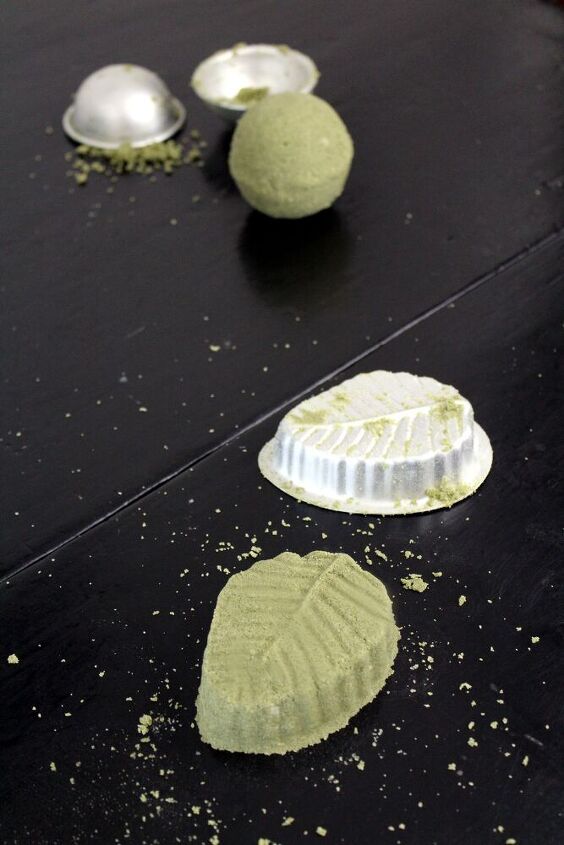
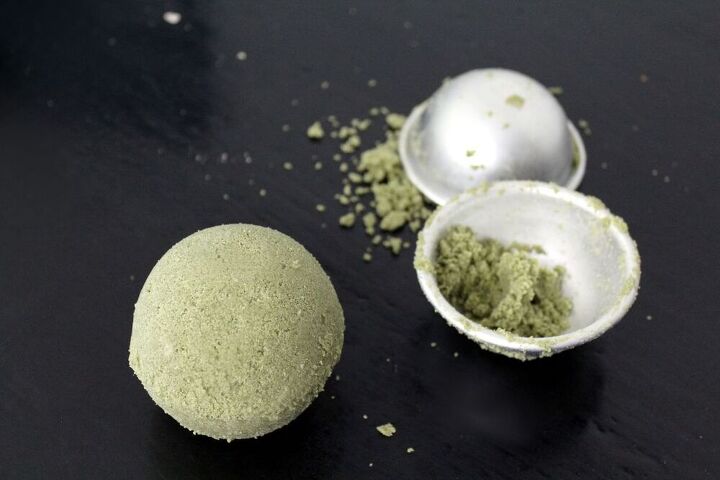




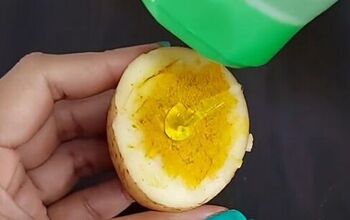
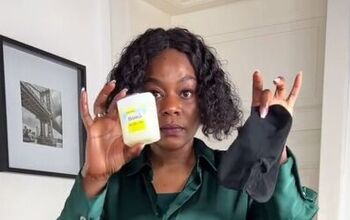
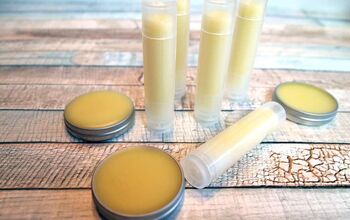
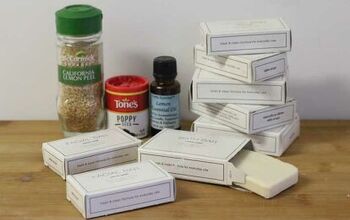
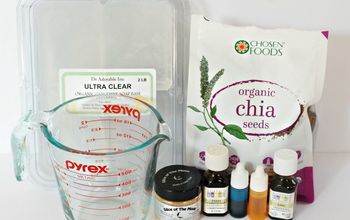
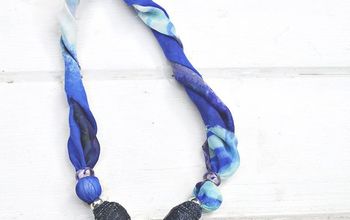

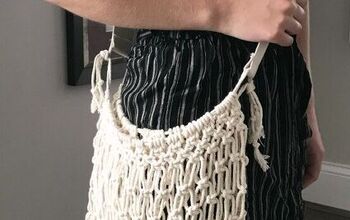
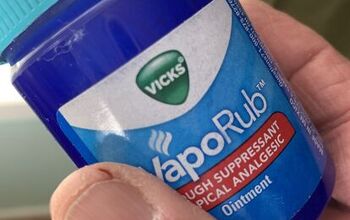
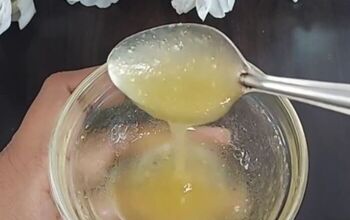

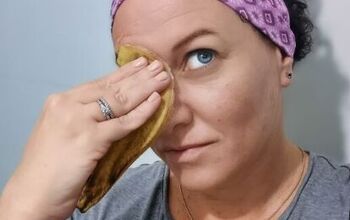

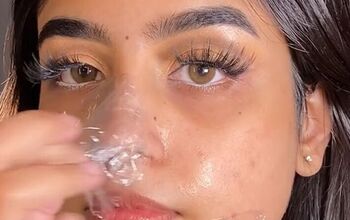




Comments
Join the conversation